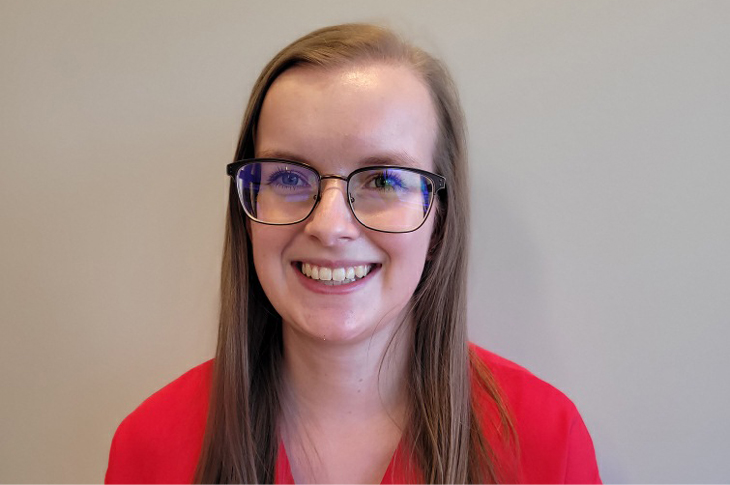School for Advanced Digital Technology offers opportunity in transformational program

Emma David is eager to step out of her comfort zone.
The SAIT student, in the Medical Office Assistant and Unit Clerk program, has always looked for ways to learn about different cultures, grow her mindset and embrace new situations – now, that can describe most post-secondary experiences. The difference here is, David had the chance to put what she’s learning into practice before she crossed the stage with a parchment in her hand.
When the School for Advanced Digital Technology (SADT) announced the opportunity for students to participate in How to Change the World, a global experiential education program, David knew it was a way to expand her knowledge.
“It was eye opening to learn about the United Nations Sustainable Development Goals (SDGs). Before being introduced to this program, I didn’t even know they existed.”
That, says Jim Gibson, SADT’s Chief Catalyst, is the point.
“How to Change the World is a program of empowerment. Global challenges are highlighted for students and through the sessions, they become equipped to make lasting change by spending time learning how to define actionable challenges in order to have real impact.”
A vast community
David signed up for the program and was assigned SDG 11: sustainable communities and cities, with a focus on Thunder Bay, Ontario. During five virtual sessions, David met with her group of three other students and worked to develop solutions to the identified challenges of health and well-being and reducing inequalities. At the crux of How to Change the World, are the expert partners guiding participants in their ideation – partners like Microsoft, MSFT, Google, Platform Calgary, Thin Air Labs, ATB and Spartan Controls.
“Our team met with leading experts in the field to discuss any questions we had and to seek advice for any issues we were stuck on,” she says.
With that expert leadership, David and her peers identified key stakeholders and developed design criteria and a solution statement. Their idea focused on a medical transportation service managed through a smart phone app. The solution would allow users to input their medical appointment details and a community member would volunteer to drive them.
“We wanted it to be a system of community members helping community members,” says David.
Future impact
The solution exercise opened David up to recognizing issues of community and sustainability in her own life.
“During the program, I learned about all the ways I could help change the world, even by doing small things,” David says. “I can make small changes in my life to reduce the climate impact I’m making, like not running the water while I brush my teeth. There are many things you can do in your personal life to reduce your carbon footprint, and you can encourage your friends and neighbours to do them as well.
SAIT and SADT ran How to Change Your World to offer not only perspective on global challenges, but access to problem solving and collaboration opportunities — two critical skills to succeeding in an increasingly global industry.
David says, “Collaborating with people from different views can lead to great ideas being shared as well as really inspiring and educational conversations. By participating in How to Change the World, I got to meet some great people and learn things about the world I wouldn’t have otherwise known.”
The How to Change the World program is one example of how SADT is convening thinkers and doers to tackle what’s next. Want a chance to join the next program? Send your name and email address to sait@htctw.org with the subject line: Notify me about HtCtW 2022. Learn more about SADT.
Skills for the Future
We prepare students for successful careers and lives.
SAIT'S
2020-2025
Strategic plan